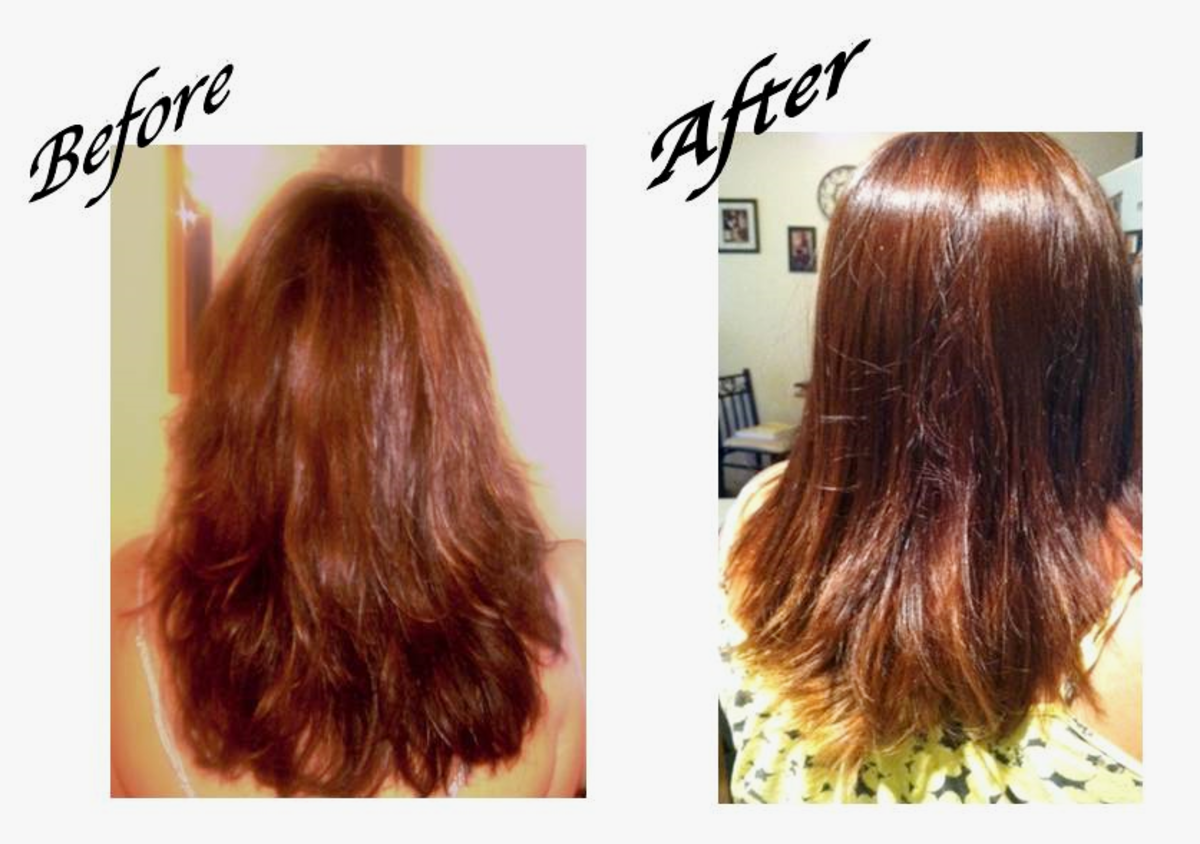Table of Content
Ryan will speak in more details on these changes in a few moments. At this point, I would like to provide an update on our pipeline expansion activities, where we believe HIFU can have clinical utility in indications outside of prostate cancer. As a reminder, we are running a Phase 2 study evaluating HIFU using the Focal One Robotic platform for the treatment of deep infiltrating endometriosis.

The electrical field changes the activity of the brain cells and also affects neuronal networks connected to the area. So, why would the researchers and doctors want to do this? With TMS, electromagnetism is used to alter the activity in specific areas of the brain. This means that TMS researchers and clinicians can change the activity of brain cells by using a magnetic field. The magnetic field is about the same strength as the one used in an MRI scan and the procedure typically lasts for minutes. No anesthesia or muscle relaxants are needed and the patient is awake through the whole procedure.
Read reviews
Only patients who meet specific criteria should consider this type of treatment. This form of therapy is still in its early stages and more research is needed on its use for treating various disorders. However, it appears to be a promising option for those who have no response to traditional treatments.

TMS treatment is generally administered as a course of 30 treatments over six weeks. TMS treatment is provided on an outpatient basis or can be part of a treatment plan for hospital in-patients. Note also that these patients have been unsuccessful with at least two antidepressants. TMS therapy is effective because it subtly corrects the neural pathways that underlie depression, as well as boosting levels of deficient neurotransmitters. It is thought that this practice is what leads to the improvement in mood that we see clinically.
What to Expect During TMS Therapy
If it’s your first session, your technician will measure your head to determine where to place the magnetic coil. They’ll also take other measurements to personalize the settings on the TMS machine. Transcranial magnetic stimulation is a type of brain stimulation therapy. TMS is not recommended for everyone with depression or another mental illness.
It will give you a detailed description of how TMS and tDCS work, their effectiveness in regards to depression treatment and an overview of the scientific history of each technique. In other words, this is your complete guide to TMS and tDCS for depression. During TMS for depression, doctors focus on the dorsolateral prefrontal cortex. This part of the brain is responsible for various cognitive processes, including memory, mood regulation, and conflict management. TMS is a safe, simple procedure that has few side effects. The Food and Drug Administration has approved it for use in people with depression and obsessive-compulsive disorder .
What Conditions Does TMS Treat?
This is the ‘motor threshold’ which is a reference point for your correct dose. In later sessions, the dose can be changed according to your response and any side effects. When patients have achieved significant improvement in their condition, a maintenance course of treatment is often recommended. The stimulating coil is placed beside the head, lightly touching the scalp. The patient will hear a ticking sound and may feel a mild tapping sensation on the side of their head. The patient sits comfortably in a reclining armchair and is awake throughout each treatment.

In fact, DIY engineers are using YouTube videos to demonstrate how you could build your own device — within 12 minutes. Usually, sessions are held daily, five times a week for four to six weeks. In today's edition of Things That Shouldn't Need Explaining, scientists have issued a warning against self-administration of brain stimulation by online DIY users. NPX has created a miniaturized RTM device that is smaller and easier to use, causes fewer headaches and can be used by a patient at home.
TMS for Alzheimer’s disease
An electromagnetic coil will be placed against your head and switched off and on repeatedly to produce stimulating pulses. This results in a tapping or clicking sound that usually lasts for a few seconds, followed by a pause. Before considering treatment, check with your health insurance company to see whether rTMS is covered. That claims to help people construct a “real working ‘brain ray’” help those interested in doing it themselves to construct a device. The one at the link claims to be more mild than a typical TMS, shooting out one pulse at a time instead of continuous stream of pulses. Some companies, though, are more circumspect when it comes to the claims they make.
SAINT-ish protocols are offered at some TMS clinics in the US. For now, non-fcMRI-SAINT protocols are acceptable as a “compassionate use” for select patients. Above, you can see a table of features compared side by side. Please note that devices compared are the top-tiered FDA cleared system from each manufacturer. We never encountered downtime between patients to cool the system. The caveat to air cooling is that it makes the system loud because of the cooling fans.
The patient’s head is carefully measured by a trained technician to determine the optimal location for treatment. A full course of TMS therapy consists of around 30 sessions at a TMS clinic, each visit taking minutes. 41% of the depressed participants discovered that 50% of their depressive symptoms had disappeared within 6 weeks of using tDCS. Later on, you can study the scientific evidence for TMS treatment with the help of a TMS timeline, but first, let’s have a look at the difference between TMS and rTMS. Most of the TMS research focuses on treatment “resistant” depression, whereas tDCS is primarily/usually recommended for mild to moderate depression. TMS is administered by health care professionals, whereas tDCS can be used at home.
Dr. Barker’s team expanded on this idea and invented a machine that could stimulate the cerebral cortex of the human brain, using electromagnets. The stimulation from the magnets caused less discomfort and disruptions than stimulation from the electric shocks used at the time. Transcranial magnetic stimulation is primarily used to treat people with depression who continue to have symptoms, despite taking medications. While individual results vary, TMS improves depression symptoms in about 50%–60% of people who undergo this treatment.















